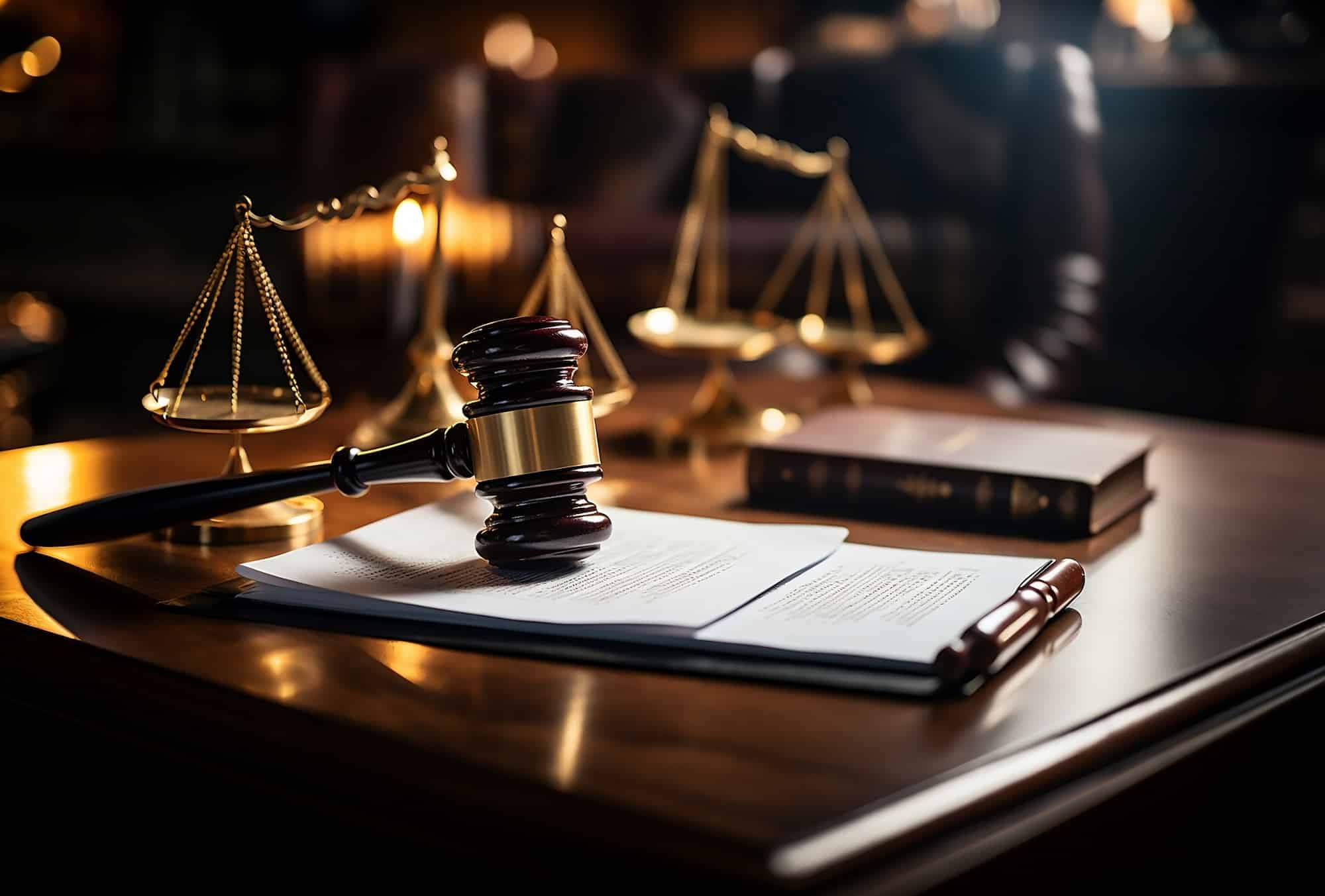Browsing the Complexities of Test Presentations: Tips for Seamless Distribution and Engaging Arguments
In the realm of legal procedures, the art of trial presentation stands as an essential component of success. The complexities inherent in trial discussions require a delicate balance of technique, finesse, and skill.

Comprehending Test Purposes
To efficiently navigate a trial, it is vital to have a clear understanding of the purposes that require to be achieved. Before entering the court, lawful groups have to specify their objectives and wanted outcomes. These objectives function as directing concepts throughout the test, forming strategies and influencing decision-making processes.
Understanding trial objectives involves a comprehensive analysis of the case, legal criteria, and the customer's benefits. Trial Presentations. It needs a careful assessment of the truths, determining essential problems, and anticipating potential challenges. By establishing measurable and details objectives, lawyers can tailor their arguments and discussions to line up with the desired outcomes
In addition, a clear understanding of trial objectives enables lawful groups to prioritize proof, witnesses, and lawful disagreements effectively. It enables the growth of a meaningful narrative that resonates with the discretionary, enhancing the overall instance discussion.

Organizing Proof Successfully
Having a clear understanding of trial purposes lays the foundation for arranging evidence properly in legal procedures. By aligning the discussion of proof with the wanted outcomes of the test, legal groups can strengthen their disagreements and enhance their persuasiveness.
One more crucial element in arranging proof successfully is developing a rational circulation. Presenting proof in a consecutive and coherent way can aid build an engaging story that supports the lawful arguments being made. Additionally, utilizing visual aids such as timelines, charts, or charts can additionally enhance the organization of proof and aid in clarifying complicated partnerships or sequences of events.
In addition, guaranteeing that all evidence provided is appropriate and acceptable to the instance is essential. Inadmissible or unnecessary proof can diminish the strength of the argument and potentially hurt the reputation of today party. A precise review and selection process should be undertaken to include just the most impactful and legally audio evidence in the trial presentation.
Crafting Influential Stories
Crafting compelling narratives plays an essential function in offering influential debates throughout lawful proceedings. A well-crafted story has the power to astound the target market, stimulate feelings, and inevitably guide the choice in support of the offering event. When creating a story for a test discussion, it is important to establish a clear storyline that highlights bottom lines and attaches them in a systematic fashion. Begin by detailing the truths of the situation in a compelling manner, ensuring that the series of occasions is easy to follow. Introduce personalities properly, supplying background right here information that helps the target market recognize their activities and inspirations. Furthermore, incorporating brilliant summaries and interesting language can bring the narrative to life, making it more memorable for the court and jury. By weaving together proof, statement, and legal debates into a cohesive and influential narrative, attorneys can successfully advocate for their customers and boost the likelihood of a desirable result in the courtroom.
Understanding Visual Aids
Reliable use of visual help is vital to enhancing the effect and quality of trial presentations. Visual aids, when utilized tactically, have the power to streamline complex information, strengthen bottom lines, and leave a long lasting perception on the discretionary. To master visual aids in trial presentations, it is crucial to guarantee that they are clear, concise, and appropriate to the debates being made.
When including aesthetic aids, such as charts, timelines, photos, or charts, right into a test discussion, it is necessary to maintain them aesthetically appealing yet specialist. The visuals need to enhance the spoken disagreements, providing a graph of the details being talked about without frustrating the audience with unnecessary details.
Moreover, experimenting the visual help ahead of time is essential to ensure a seamless distribution throughout the test. Familiarizing oneself with the content, transitions, and timings of each visual help can aid preserve the flow of the presentation and prevent technological problems that may arise.
Delivering Impactful Closing Debates
A compelling closing debate serves as the end result of a trial discussion, encapsulating the core story and encouraging the judge and court towards a desirable decision. Begin by detailing the main disagreements that sustain your client's setting, stressing why the evidence provided throughout the test supports your story.
Furthermore, integrating emotional charm can better reinforce your closing debate. Ultimately, a well-crafted closing argument should leave a long lasting perception, compelling the judge and jury to rule in your client's favor.
Conclusion
In conclusion, mastering trial presentations involves understanding objectives, arranging proof, crafting stories, making use of aesthetic explanation help, and providing impactful closing disagreements. By executing these techniques efficiently, lawyers can present their instance perfectly and make compelling debates in the court. It is critical to navigate the complexities of trial presentations with accuracy and skill to attain success in lawful proceedings.
By lining up the presentation of proof with the wanted outcomes of the test, legal teams can enhance their arguments and enhance their persuasiveness (Trial Presentations). To understand aesthetic aids in test presentations, it is essential to ensure that they are clear, succinct, and appropriate to the arguments being made
An engaging closing disagreement serves as the end result of a trial presentation, enveloping the core narrative and encouraging the judge and court in the direction of a beneficial choice. Begin by detailing the main debates that support your customer's setting, emphasizing why the proof presented throughout the test supports your story.In conclusion, grasping trial discussions involves comprehending objectives, arranging proof, crafting narratives, making use of her latest blog visual help, and delivering impactful closing debates.
Comments on “Understanding the Art of Trial Presentations: Secret Approaches for Effective Legal Arguments”